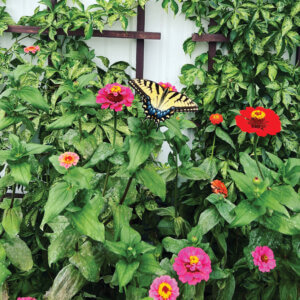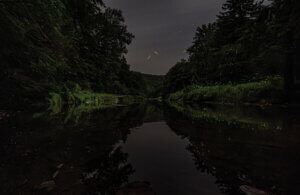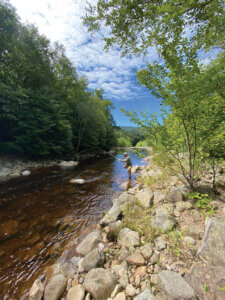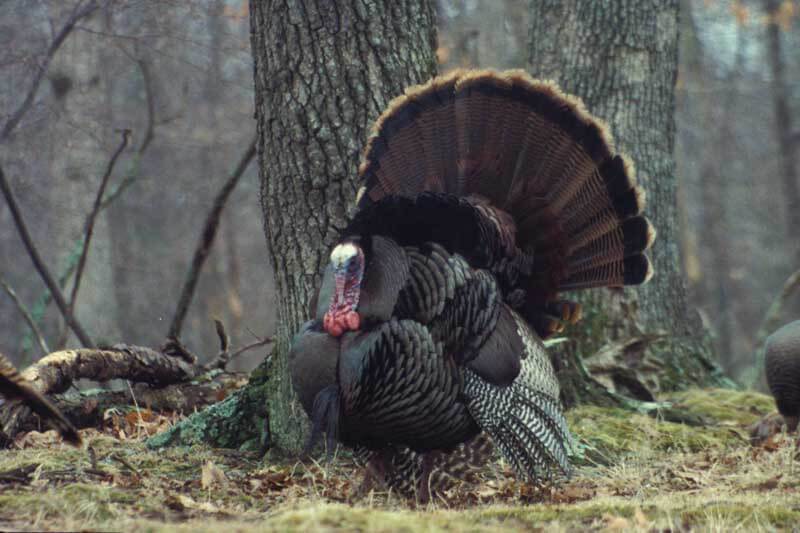
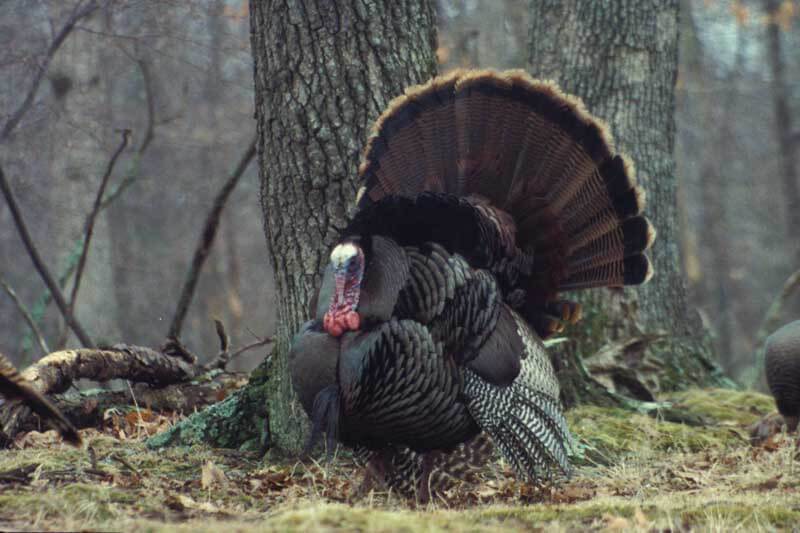
Turkey hunters across the state feel a strong passion and love for the outdoor tradition.
Wade Boyles wakes up at 3:30 a.m. on a brisk fall morning. He finds himself more amazed that he was able to get to sleep than that he woke up on time to get out to the woods. He’s eager, full of anticipation, as he jumps out of bed and gets ready to head to a patch of woods just outside Harrison County. It’s the same patch of land where, in 1981, his father introduced him to his first love: turkey hunting.
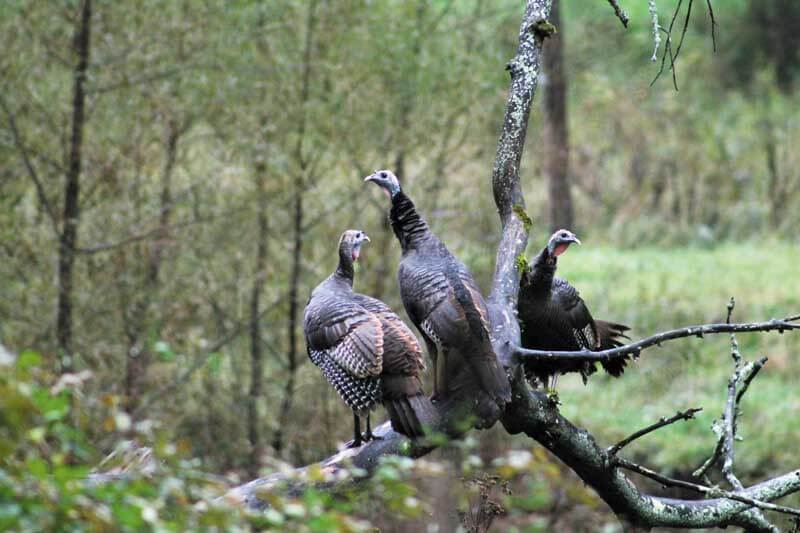
More than 30 years later, he’s still there, witnessing the majesty of nature as he travels along the same pathways he did as a boy. From watching the trees to listening to birds signal the start of a new day, it all takes him back to a time when things were simpler. He walks through the trees and underbrush carefully, almost tiptoeing so as not to create a stir, stepping into the light of the rising sun. “There’s just something about hearing the woods wake up, getting to have conversations with the animals,” he says. “There’s so much more to this than the pulling of the trigger.”
West Virginia has a great tradition of turkey hunting. Parents take their children to the woods hoping to pass the sport down through generations. Friends take each other in hopes another might catch the bug they caught years before. But the draw isn’t just a kill.
Most turkey hunters have experience hunting other types of animals. Boyles hunts deer, too, and he’s tried squirrel, grouse, rabbits, and just about everything else. But each time he’s come away underwhelmed, mostly due to the wait-and-see nature of these other hunts. Part of the reason turkey hunting is so unique and has picked up what Boyles calls a “cult-like following” among hunters in West Virginia is that it’s so interactive.
Instead of walking through the woods or sitting in a tree stand waiting for the animal, hunters actively seek the bird, while figuring out ways to trick them into revealing themselves. “It’s like a big game of hide and seek,” says Keith Krantz, an upland game and wild turkey biologist with the West Virginia Division of Natural Resources (DNR). The game starts with getting into the woods in the early morning hours while the gobblers are still roosting in the trees. As they slumber, hunters can slowly creep closer to the roost sites without giving themselves away.
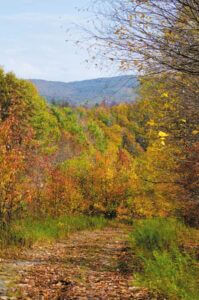
At this point, patience comes into play. In recent years, the turkey population in West Virginia has decreased, making it more difficult to come away with a successful hunt. There were 17,875 turkeys killed in West Virginia in 2001—a peak year for the Mountain State—but since then the number has dropped. Since 2009 the average number of turkeys killed each year has fallen to 9,730, according to reports in the Charleston Gazette. In part, these issues can be traced to the fact that the birds do not always repopulate yearly and they continue to loose habitat as development encroaches. The challenge now of finding turkey has turned away some more casual hunters. “The odds have become a little more stacked against you,” Krantz says. “But those really avid hunters are going to go regardless. They thrive in that challenge.”
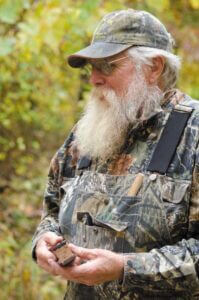
As the sun begins its crest over the woods, these hunters will call to turkeys using unique man-made calls. Just as many fishermen carry several different lures in their tackle boxes, turkey hunters carry different types of calls in their vests. Most hunters have several and all the best are handcrafted. Boyles is currently the West Virginia turkey-calling champion, a title he won during the Webster County Wood-Chopping Festival in Webster Springs over Memorial Day Weekend. During the competition, a panel of judges sit behind a curtain and keep scores as each contestant gets the chance to make a variety of different calls with a chance to move on to Grand Nationals in Nashville in February. “It’s like our Super Bowl,” Boyles says.

“There’s just something about hearing the woods wake up, getting to have conversations with the animals.”
Wade Boyles, turkey hunter
One of the most widely preferred calls is the diaphragm, a hands-free call that fits in the mouth and makes some of the most authentic sounds when used correctly, while also allowing the hunter to stay prepared, gun ready, in case the time comes to shoot. “A wild turkey’s eyesight is amazing. They blow away a deer in terms of hearing and sight, and when they come into view, you literally can’t move at all,” says Boyles, who uses a diaphragm call when he hunts. “If you make any moves, they’ll run away.”
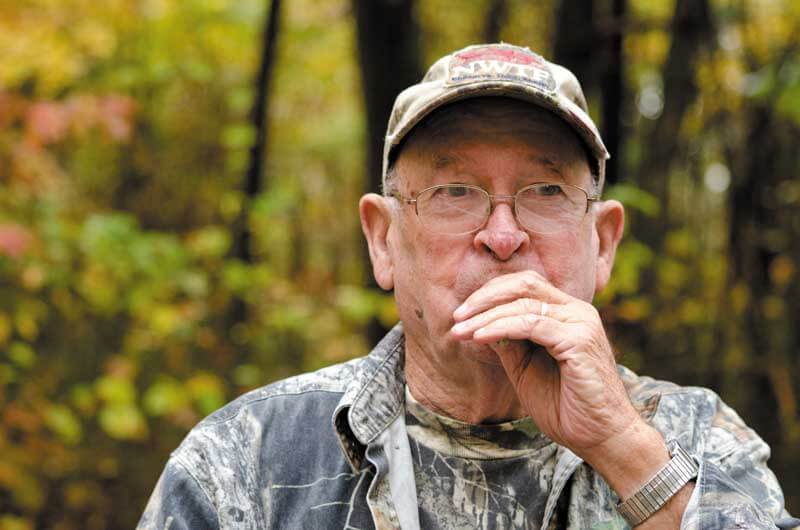
Whether a diaphragm or a box, slate, or wing-bone these calls are arguably the most important part of any hunt. In this game of hide and seek, as hunters try to lure a gobbler in with the voice of a hen in spring and attract curious birds to strange sounds in fall, authenticity is key. The plain yelp, often referred to as the “love yelp,” is a sound a hen makes to a gobbler, and has a certain cadence and a rhythm that hunters try to follow as closely as they can. Hunters vary the pace and the intensity of these calls until they find the right rhythm to bring the turkey running. It’s a delicate process, and the diaphragm calls are especially complicated. Some sounds like a bird’s typical cluck are as simple to create as saying words like “puck” or “putt” into the call. Others, such as emulating a hen when she is flying down from her roost, are more complex. For these, hunters make fast, excited sounds using words like “kit” and “cat” to run air through the call’s reeds. “You can change the pitch and switch up the sound a little bit, but I don’t do the same thing every time,” Boyles says. “I’m trying to sound as desperate as I can. I want that gobbler to think I’m a lonely hen out in the woods, and I put a lot of feeling into it so I can get his interest.”
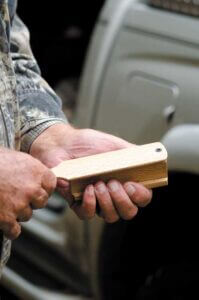
Of course, there’s a difference between hunting for turkeys in the fall and during the spring—one that is ultimately about how much a hunter uses his call. The mating season hasn’t hit during the fall, so the gobblers are usually less full of testosterone, and hunters have to be even smarter. Hunters will often take this time to mimic the calls of the target turkey and then move to where the birds will congregate—usually more wide-open spaces where sunlight will warm the ground and food is more prevalent.
Sometimes all it takes is one call to grab the turkey’s interest and the moment hunters spend all day searching for. The calm of the woods is disrupted with a gobble in response. The sound inches nearer until a turkey emerges from the brush, strutting carefully closer in search of his hen. “It’s not the pulling of the trigger we’re chasing the most, it’s that feeling when you know you’ve got this bird where you want it,” Boyles says.
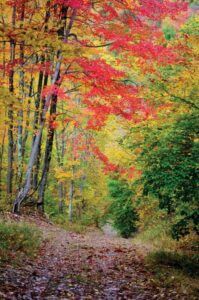
It’s the search of that feeling that gets a hunter started, and it’s the realization of it that hooks them for life. Many say that the moment is the best part of taking new hunters out and introducing them to turkey hunting.
Both Boyles and Krantz said their best memories as hunters have had absolutely nothing to do with a kill at all. For Krantz, it was the chance to take his daughters and an older family friend out for the first time and be with them when they started to fall in love with it. Much in the same way, Boyles gets a certain thrill that isn’t defined by the kill. It’s about making memories and building bonds through this exhilarating challenge. “You form such a great camaraderie out there with anyone you go with. It’s just very enjoyable to be out there in nature,” Krantz says. “If you don’t get excited by that, there’s something not quite right with you—it’s just so amazing.”
Written by Michael Carvelli
Photographed by Nikki Bowman Mills



